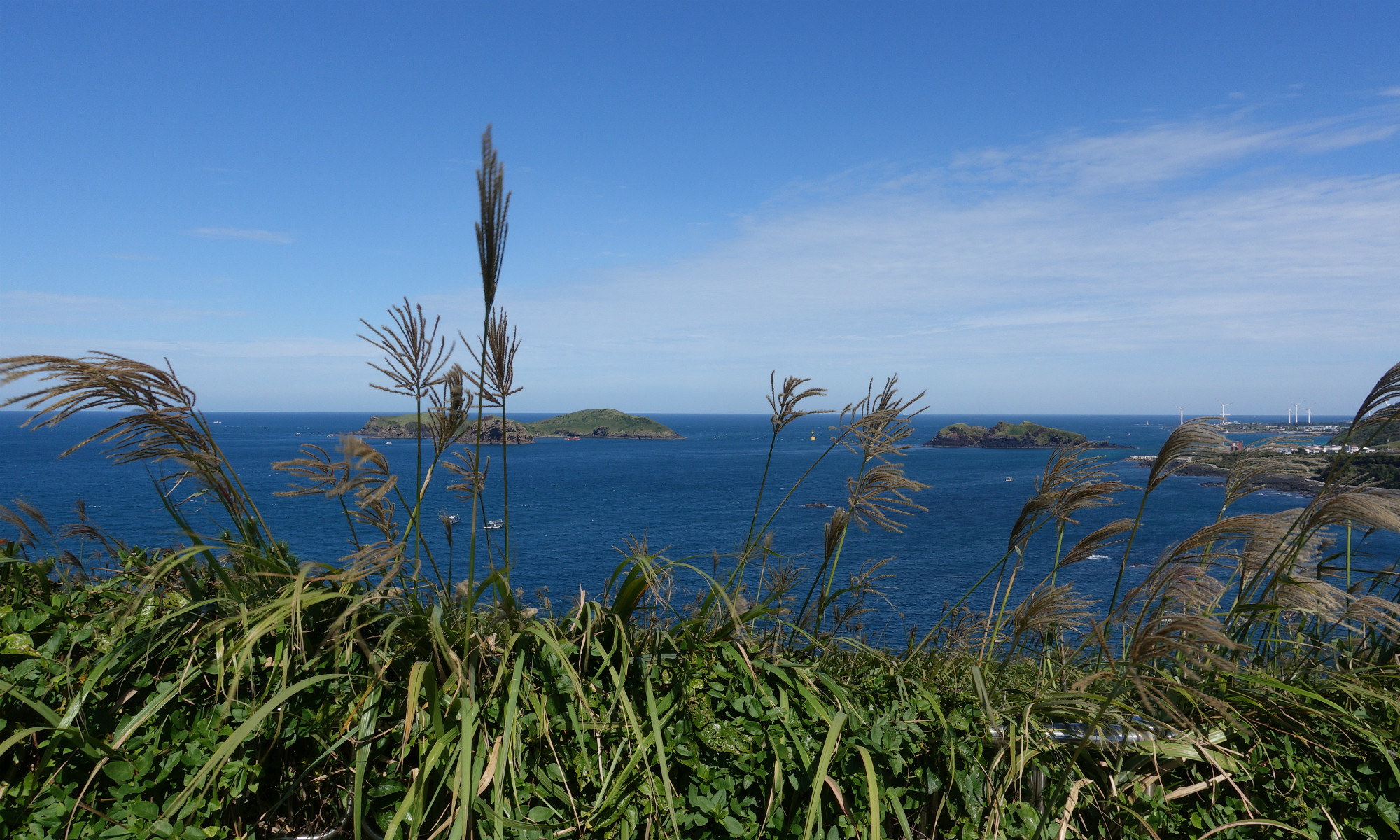Changdeokgung (Hangul, 창덕궁, 昌德宮; literally, “Prospering Virtue Palace”), also known as Changdeokgung Palace or Changdeok Palace, is set within a large park in Jongno-gu, Seoul, South Korea. It is one of the “Five Grand Palaces” built by the kings of the Joseon Dynasty (1392–1897). As it is located east of Gyeongbok Palace, Changdeokgung—along with Changgyeonggung—is also referred to as the “East Palace” (동궐, 東闕, Donggwol).
Changdeokgung was the most favored palace of many Joseon princes and retained many elements dating from the Three Kingdoms of Korea period that were not incorporated in the more contemporary Gyeongbokgung. One such element is the fact that the buildings of Changdeokgung blend with the natural topography of the site instead of imposing themselves upon it. It, like the other Five Grand Palaces in Seoul, was heavily damaged during the Japanese occupation of Korea (1910–1945). Currently, only about 30% of the pre-Japanese structures of the East Palace Complex (Changdeokgung together with Changgyeonggung) survive.
